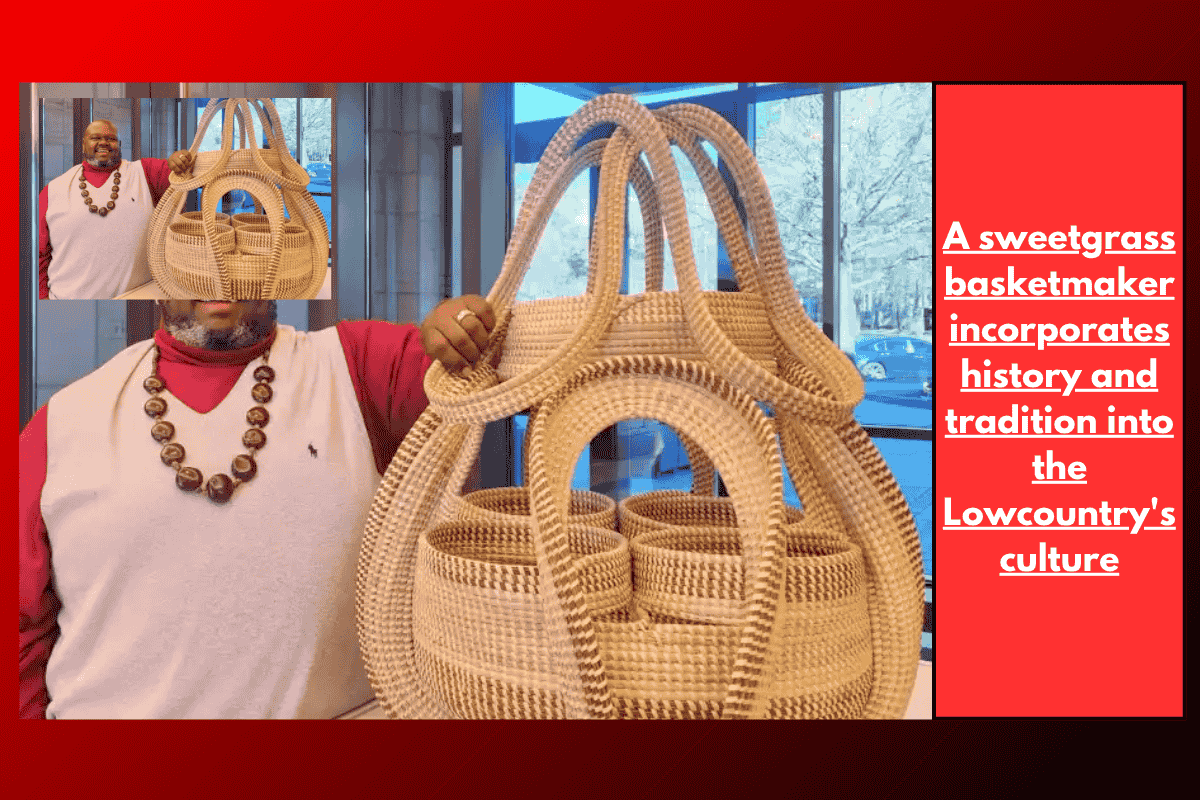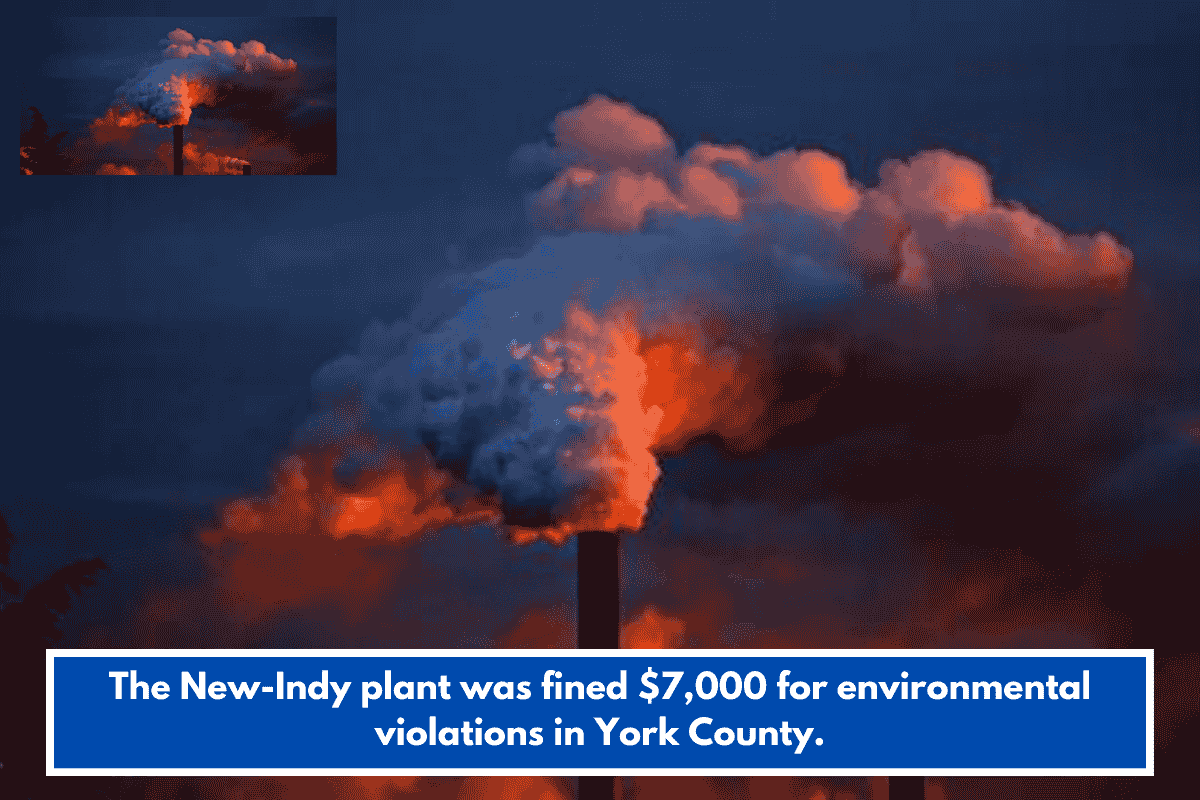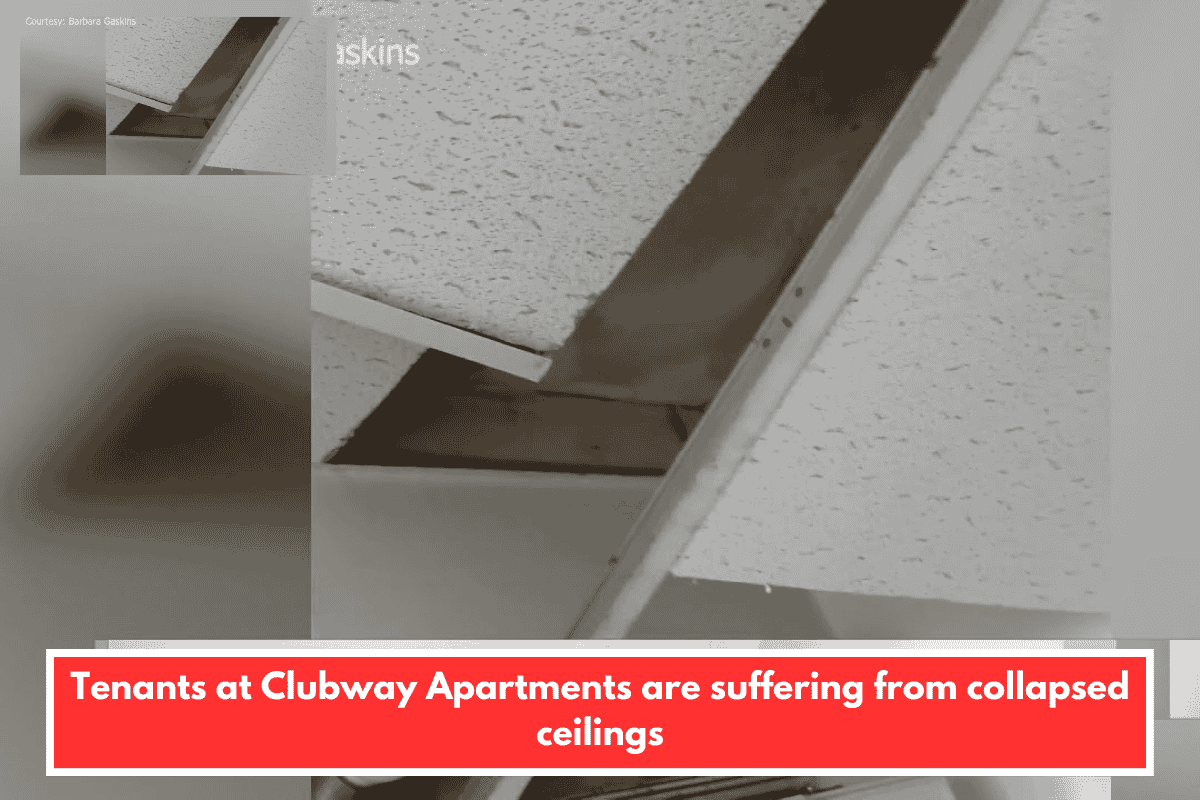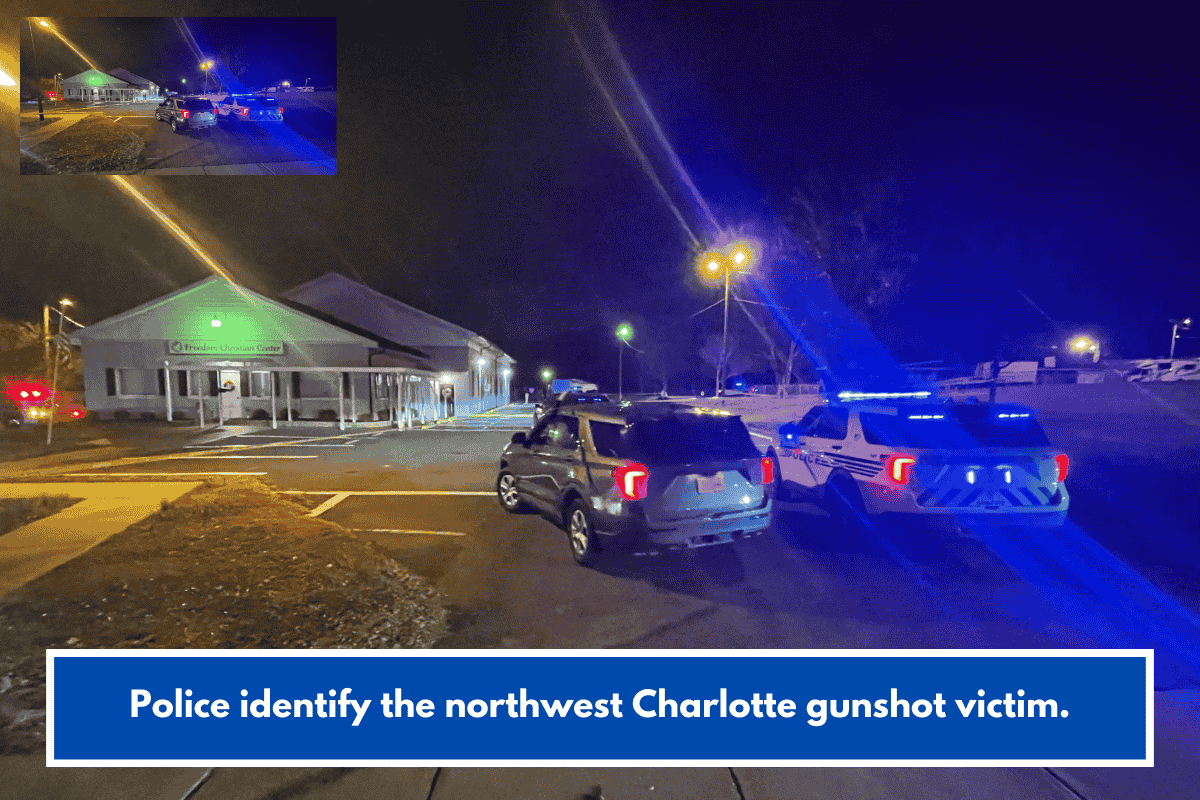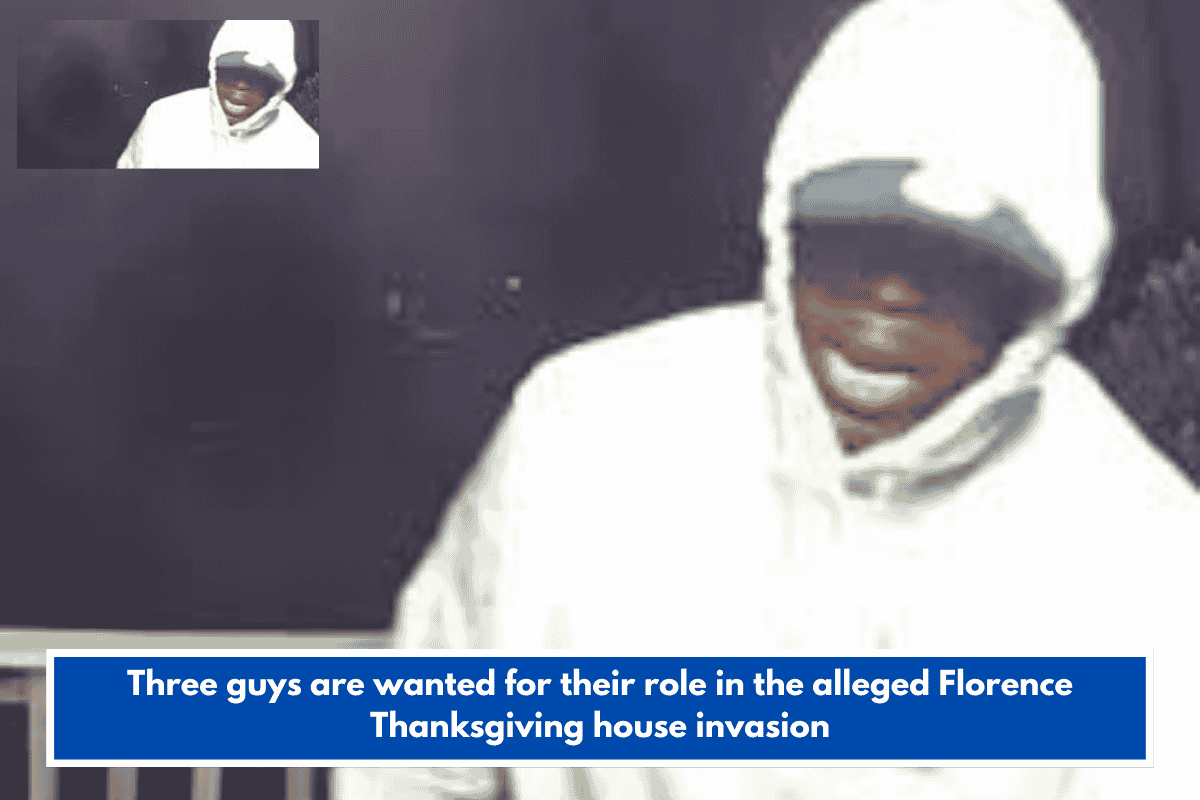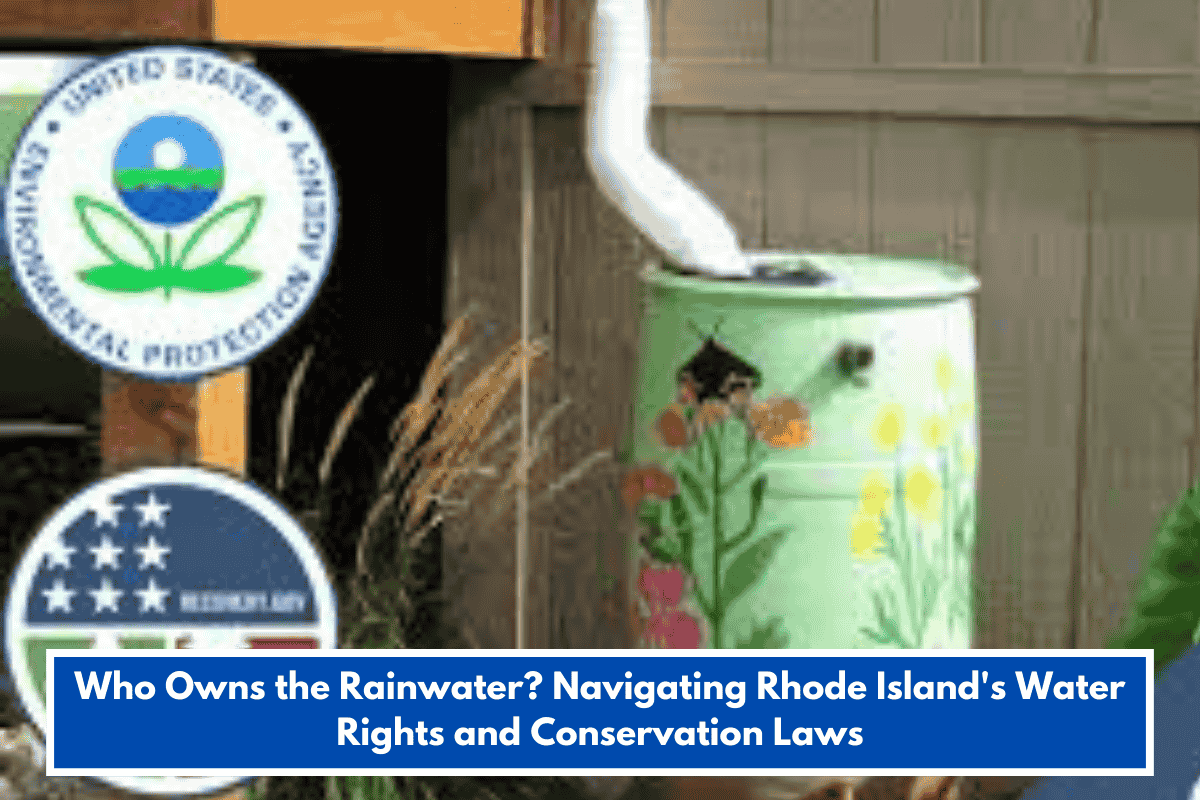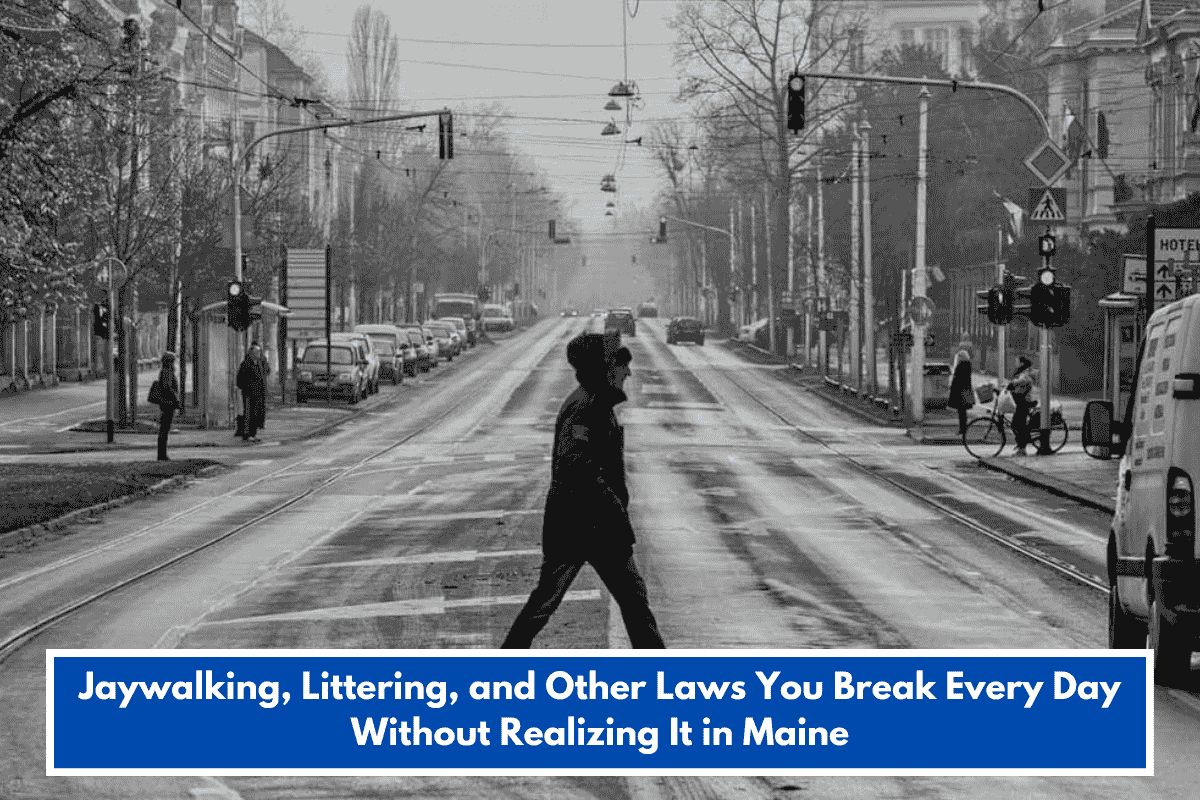Charleston, S.C. — For 23 years, Corey Alston has been weaving sweetgrass baskets, an art form deeply rooted in the Gullah Geechee heritage. Passed down through generations, this tradition has not only been a way to preserve history but also a medium for Alston to connect with his roots and community.
A Tradition Passed Through Marriage
Though Alston didn’t initially grow up making baskets, he married into a fifth-generation family of weavers. “I wasn’t raised as a sweetgrass basketmaker,” Alston shared, “But I married into this tradition. When the matriarch of the family was still alive, she allowed me to become a basketmaker because my bloodline is pure. I am Gullah Geechee by blood, and I am keeping the heritage alive within the family.”
Now, Alston and his wife are raising the sixth generation of weavers—their two daughters, aged 18 and 23. “That’s all they’ve ever known,” he said. “It’s almost second nature for them to have the know-how and understanding of how it’s done.”
Carrying on the Culture
The art of weaving sweetgrass baskets is intertwined with the daily life of the Gullah Geechee community. This community stretches along the coastal regions from Jacksonville, Florida, to Jacksonville, North Carolina. According to Alston, Gullah culture is essential to the Lowcountry—from how people garden, prepare food, and harvest sweetgrass to how they hunt and fish.
“The Gullah culture is the Lowcountry,” Alston explained. “When people come to Charleston, they’re coming for the food, the history, and the native people—the culture. That’s what we are preserving.”
Mount Pleasant, in particular, plays a vital role in the preservation of Gullah Geechee heritage, as Charleston was one of the largest slave ports during the trans-Atlantic slave trade, which heavily influenced the area’s culture.
The Origin of the Sweetgrass Basket
The history of sweetgrass baskets begins in the 1670s when enslaved Africans from Barbados were brought to Charleston. Initially, plantation owners tried cultivating sugarcane, rum, and molasses, but these crops failed in the area’s soil and climate.
By the 1680s, plantation owners turned to the West Coast of Africa, where enslaved Africans were familiar with the Lowcountry soil and climate. These Africans introduced Carolina Gold rice and tools, such as the rice fanning basket, which would later evolve into today’s sweetgrass baskets.
“Without the know-how of rice cultivation, we would have never had a basket here on the coast of Carolina,” said Alston. “The fanning basket was used to clean the raw rice.”
Evolving into Art
While the sweetgrass baskets of today began as functional tools, Alston’s work has evolved into sculptural pieces that tell stories about his heritage and spark curiosity. Alston said, “I don’t have visions of what I am going to make before I make them. The pieces I create are an impulse of what feels good at the time.”
Alston’s baskets have been featured in museums across the country, and he describes the creative process as deeply personal. “I give God all the praise. I might go to the left a little bit, I might go to the right a little bit,” he said. “It’s an expression of who I am, and what I feel at that moment.”
The Work Behind the Basket
Alston points out that the process of making sweetgrass baskets involves much more than just weaving. “Sweetgrass basketmakers don’t have a supplier; we don’t order bundles of grass from Amazon,” he said. The entire process, from harvesting the sweetgrass to sun-drying and bundling it, is done by Alston and other Gullah families.
He explained that the practice is sustainable. “We’re pruning the plant, not destroying it. It grows back from the same follicle.”
Functional Art and a Living History
Though many of Alston’s baskets are displayed in museums, he encourages people to use them. “These are heirlooms that can be passed in a family for generations,” he said. Using the baskets ensures their longevity, and he suggests people wipe them down with a damp rag or mist them with water to prevent drying out.
Beyond the functional nature of the baskets, Alston sees them as a way to educate. “When someone sees a basket in a museum and asks, ‘Who are the Gullah Geechee?’ that opens the door,” he said. “They start learning about us. They learn about West Africa. They learn about Charleston’s history. That’s the purpose behind my work.”
Sweetgrass Baskets: A Unique Charleston Art Form
Sweetgrass baskets are a hallmark of Charleston’s culture. Visitors often find them for sale at places like Charleston City Market, along Highway 17, or under the Angel Oak Tree. Alston explained, “As soon as you leave Charleston County, you don’t see them at all. Nowhere else in the country.”
Through his work, Alston continues to honor the Gullah Geechee heritage, ensuring that future generations understand the significance of the craft, culture, and community that shaped the Lowcountry.

